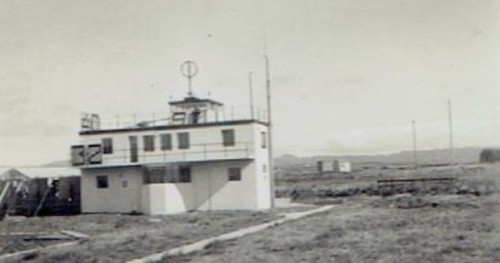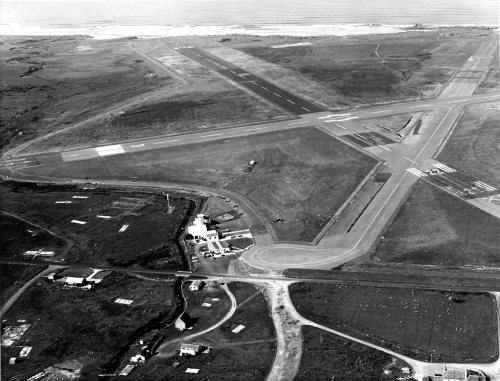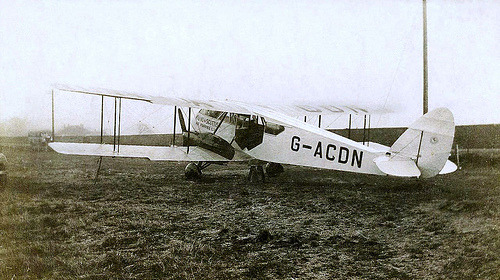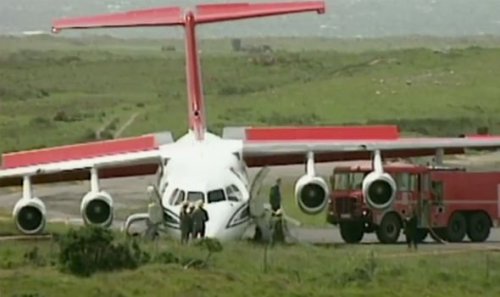16th May 1933 saw Midland Scottish Air Ferries begin Islay’s first scheduled passenger s
16th May 1933 saw Midland Scottish Air Ferries begin Islay’s first scheduled passenger service.Midland & Scottish Air Ferries was the country’s first airline, operating from 1933 to 1934. It is particularly noted for pioneering flights to the Inner Hebrides.Islay received its first recorded flight in July 1928, but Midland Scottish Air Ferries operated the islands first scheduled flight on 16th May 1933, arriving from Renfrew via Campbeltown. Two days earlier, on 14th May 1933, the islands first air ambulance flight, using a De Havilland Dragon aircraft, landed on the beach at the head of Lochindaal to collect a local fisherman suffering from abdominal pains.The airport at Glenegedale opened for business in 1935 and was taken over by the RAF during World War Two. The hard runways that exist today at Islay originally date from 1940, and look the same as in the aerial pic from the 60′s. The Avro Ansons of 48 Squadron, and Beaufighter and Beaufort aircraft of 304 Ferry Training Unit used the new runways while flying boats of 119 Squadron landed in nearby Laggan Bay and Loch Indaal. By 1944 the airfield was under the control of Coastal Command and included three runways and six hangars. Personnel stationed there included 266 WAAF and 1,113 RAF servicemen.Many different aircraft have used Islay Airport over the decades, ranging from a Hercules and a BAE 146 jet of the Royal Flight to the smallest microlights. Loganair now uses Saab 340s for scheduled flights to Glasgow and many charter aircraft from the UK and overseas land at the airport. Scottish Air Ambulance Service planes and helicopters are regular visitors along with a variety of military and private aircraft.Islay airport is perhaps best known for a hugely expensive. The Prince of Wales was involved in the alarming incident during a visit to the Isle of Islay in Scotland in 1994. Charles was flying the Queen’s Flight passenger jet when it dramatically overshot the runway. Landing too fast and too awkwardly left the royal plane with its nose buried in mud. e and shocking “unfortunate incident” during a royal trip to Scotland. Former RAF Squadron Leader, Graham Laurie, the pilot at the time, was later found to be negligent in allowing the heir to the throne to take the controls, of course it wouldn’t be the Prince’s fault eh? A year after the crash, Charles gave up his license to fly for good, the last pic shows the plane where it ended up, nobody was injured in the incident. -- source link
Tumblr Blog : scotianostra.tumblr.com
#scotland#scottish#aviation history#inner hebrides#flying#history





